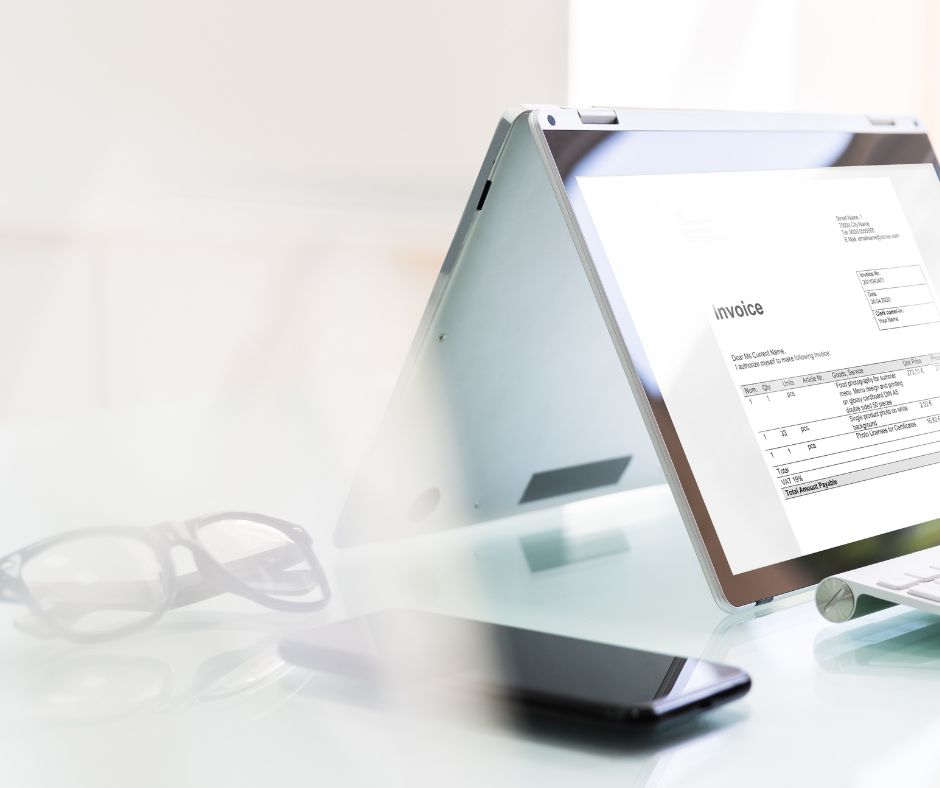
The health and longevity of a business often comes down to one key metric – cash flow. Without it, even the world’s most innovative businesses can quickly burn through their resources and come to an untimely end. The ability for a business to have sufficient liquidity and manage its cash flow effectively is essential to remain viable in today’s ever-changing and highly competitive marketplaces.
As such, CEOs and business owners need to be savvy with their financial management practices as they navigate times of both high growth potential as well as rapid change – coming up with strategies that ensure consistent cash flow while minimizing risk exposure. In this blog post, I’ll discuss the relationship between liquidity and good cash management, provide insight on how you can best improve it to prepare your organization for sustainable growth, all while helping you remain optimally positioned within today’s volatile economic environment.
Maintaining healthy cash flow is critical for the success of any business. Here are some proven tips to improve your liquidity and cash flow:
1. Good Business Routines

Establishing efficient daily business routines is essential for improving cash flow. Review your invoicing and bill payment processes to ensure that you are taking full advantage of your payment terms. Keep track of your budget and regularly monitor your actual spending. Identify any unnecessary expenses that can be cut to preserve cash reserves. According to a study by the Bank of America, businesses that maintain efficient cash management routines are more likely to succeed in their financial goals.
2. Timely Invoicing

Prompt invoicing ensures that you are paid on time, which is critical for maintaining positive cash flow. Consider invoicing more frequently if necessary. A research study by Fundbox found that businesses that invoice weekly or bi-weekly are more likely to have positive cash flow than those that invoice less frequently.
3. Communication with Suppliers

Review your supplier agreements to determine if extended payment terms are necessary. Consider negotiating with suppliers for better terms to improve cash flow. A study by the Hackett Group found that businesses that negotiate favorable payment terms with their suppliers can improve their cash flow by up to 50%.
4. Automation

Deploying automated processes, such as e-invoicing, can save time on administration and allow you to focus on delivering value to your business. E-invoicing ensures that invoices and reminders are sent in a timely manner and provides a better overview of your payments. A study by Billentis found that e-invoicing can reduce invoicing costs by up to 80% and improve payment times by up to 50%.
Taken together, these studies provide evidence that implementing efficient cash management practices, timely invoicing, communication with suppliers, and automation can all help improve liquidity and cash flow for businesses.
However, if you want to learn more about this topic and gain even more insights into effective financial management practices, then you won’t want to miss the upcoming online CEO Forum on “The Business Owner’s Dilemma” by Ali Nasser happening on March 30th. Register now to secure your spot and gain invaluable knowledge on how to improve your business’s financial health.


